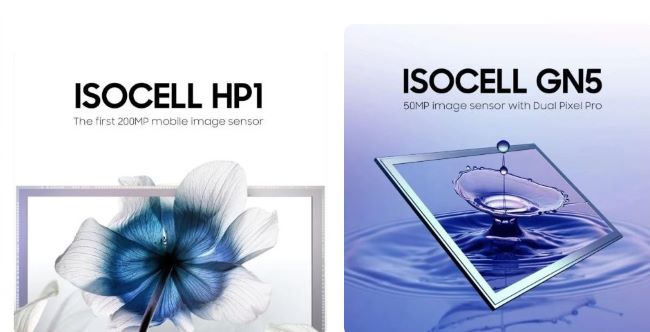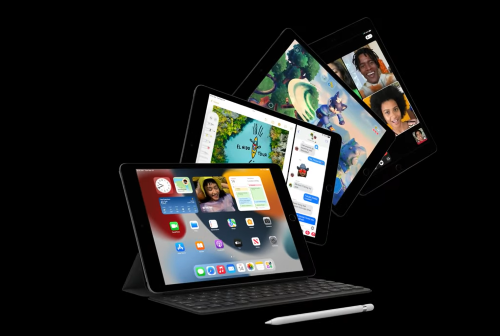Samsung has unveiled its 200-megapixel image sensor, the ISOCELL HP1. An industry-first, the sensor features 0.64 um-pixels, and the manufacturer’s latest pixel-binning technology called ChameleonCell, which allows the component to adjust to its environment for the ideal shot.
The ISOCELL HP1 uses pixel-binning to adjust between a two-by-two, four-by-four, or full pixel layout, Samsung said in a statement. The HP1’s full 200-megapixel scope may be better suited for capturing detail in bright light situations. However, with pixel-binning, the camera can come down to a 12.5-megapixel image sensor “merging 16 neighboring pixels” to let in more light to capture a perfect low-light shot.

The ISOCELL HP1 is also capable of capturing 8K videos at 30 frames-per-second (fps). Additionally, it can merge video pixels down to 50-megapixels to maintain 8K (7,680 x 4,320) video without cropping or scaling down quality.
Rumors have circulated for months about Samsung introducing a 200-megapixel camera for upcoming generations of smartphones, not only for its own brands but for brands with which it collaborates. Prior to the 200-megapixel sensor, Samsung introduced the 108-megapixel sensor in 2019. It has been the main camera lens on several smartphones, for brands including Xiaomi, Motorola, Redmi, Realme, as well as its own devices.
“With the ISOCELL HP1 that is breaking barriers and ISOCELL GN5 bringing ultrafast autofocus, Samsung will continue to lead the trend for next-generation mobile imaging technologies,” Samsung Electronics executive vice president of sensor business at Duckhyun Chang said in a statement.

Samsung also announced its latest 50-megapixel ISOCELL GN5 image sensor, which is made of 1.0um sized pixels and is the manufacturer’s first sensor of this tier to feature dual-pixel pro autofocus technology for all-directional autofocusing.
The GN5 is comprised of a 1/1.57-inch sensor and also uses 2×2 pixel binning for low-light photography, which equates to 12.5-megapixel images. It also supports 8K video at 30fps and 4K video recording at 120fps.
Samsung has made both sensors available for sampling, so currently, no brands have committed to using them on devices. But it surely won’t be long before device rumors and launches appear with both the HP1 and the GN5.



